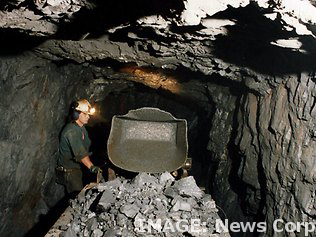Antimony legacy checked
 Researchers are looking at the legacy of water contamination from Australia’s colonial days.
Researchers are looking at the legacy of water contamination from Australia’s colonial days.
A landmark study by the University of New England is looking into the effects of antimony contamination in the Macleay River Catchment on the NSW mid-north coast.
A 300km stretch of the Catchment area, from the Hillgrove Mine, east of Armidale, to the coastal floodplain, is contaminated with antimony and arsenic due to historical mining operations at the Hillgrove Mine, which has been operating since the 1870s.
In a bid to understand the serious issue, a research team from the UNE’s School of Environmental and Rural Science has embarked on a study into antimony contamination and its effects in the aquatic food chains of the Macleay River.
The team will examine algae, macro invertebrates and fish.
“Arsenic is a known highly toxic and carcinogenic element,” said research leader Dr Susan Wilson.
“Antimony is similar, in the same group of the periodic table, but much less is known about its effects. Concentrations of both elements are elevated in sediment, water and soil of the Macleay River but uptake into the biota and impacts on other users of the system have not yet been studied.
“Antimony concentrations in the environment worldwide have increased exponentially over the last 10 years with huge market demand for its use in a range of consumer uses – in electronics, mobile phones and solar panels. We can only foresee this increase in emission and exposure continuing.
“We have a unique opportunity here on our doorstep to answer questions about this little understood element. We need to understand concentrations in biota and what these mean for the catchment.
“The issue in the Macleay won’t go away. It is a chronic issue that needs targeted management to protect the environment for future generations. Our research project has global implication and will enable the guidelines and management needed for antimony to be underpinned by sound science.”








 Print
Print